Tropical Sod Webworms In Lawns: Controlling Tropical Sod Webworm Invasions

Tropical sod webworms in lawns do extensive damage in warm, tropical, or sub-tropical climates. They usually don’t destroy turf unless infestations are severe, but even minor infestations can cause problems for lawns that are already stressed by hot, dry weather.
Signs of Tropical Sod Webworms in Lawns
The pests, which feed exclusively on grass, are the larvae of small moths that you may notice flying around your lawn when disturbed by walking, watering, or mowing. The moths themselves don’t cause any problems, but they lay their eggs in the surface of the soil. It’s the larvae that eat the blades of grass and create tunnels in the thatch. The larvae overwinter in the thatch, then begin feeding on your lawn when the weather gets warm in spring. The pests multiply quickly, producing three or four generations in a season. The first symptoms of tropical sod webworms in lawns, other than the appearance of the moths, include small patches that turn yellow or broth by midsummer. Sunny, dry areas are most susceptible, and the pests aren’t usually found in shady spots. The damage spreads quickly, especially during hot, dry weather. Soon, the grass thins and becomes uneven and ragged. You may also notice thin webbing when the grass is dewy. Birds feeding on your lawn more than usual are a good sign of pests, and they are a big help when it comes to tropical sod webworm control.
How to Manage Tropical Sod Webworms
Controlling tropical sod webworms in the landscape consists of good maintenance. Care for your lawn properly; well-maintained turf is less susceptible to damage. Water and feed regularly, but don’t overfertilize, as fast growth may contribute to the infestation. Mow regularly, but don’t scalp your lawn. Set your mower to 3 inches (8 cm.) and your lawn will be healthier and better able to withstand problems including pests, drought, heat, and other stresses. Pour a mixture of 1 tablespoon dish soap and 1 gallon of water onto infested patches at a rate of about a gallon per square yard. You’ll see larvae coming to the surface in a few minutes. The soap should kill the pests, but if not, destroy them with a rake. Bacillus thuringiensis (Bt), a natural soil bacterium that works well as a pesticide, usually kills pests and has fewer harmful side effects than chemical products. Repeat every five to seven days. Use chemical pesticides only as a last resort and only when you’re absolutely sure webworms are present, as toxic chemicals often create more problems by killing beneficial insects. Use products labeled for tropical webworms and don’t irrigate for 12 to 24 hours.
Gardening tips, videos, info and more delivered right to your inbox!
Sign up for the Gardening Know How newsletter today and receive a free copy of our e-book "How to Grow Delicious Tomatoes".

A Credentialed Garden Writer, Mary H. Dyer was with Gardening Know How in the very beginning, publishing articles as early as 2007.
-
 How To Make A Bouquet Garni Or Herb Bundle For Cooking
How To Make A Bouquet Garni Or Herb Bundle For CookingIf you’re a great cook, you may have made an herb bundle before. If this is a new idea, learn how to add sparkle and interest to your dish with a bouquet garni.
By Amy Grant
-
 ‘Coral Charm’ Peony Care For Sublime Semi-Double Peonies With Lush Salmon Pink Flowers
‘Coral Charm’ Peony Care For Sublime Semi-Double Peonies With Lush Salmon Pink FlowersPeonies are known for their soft baby pink or magenta tones, but if plushy coral blooms are your thing, here’s our guide to the ultimate ‘Coral Charm’ peony care
By Tonya Barnett
-
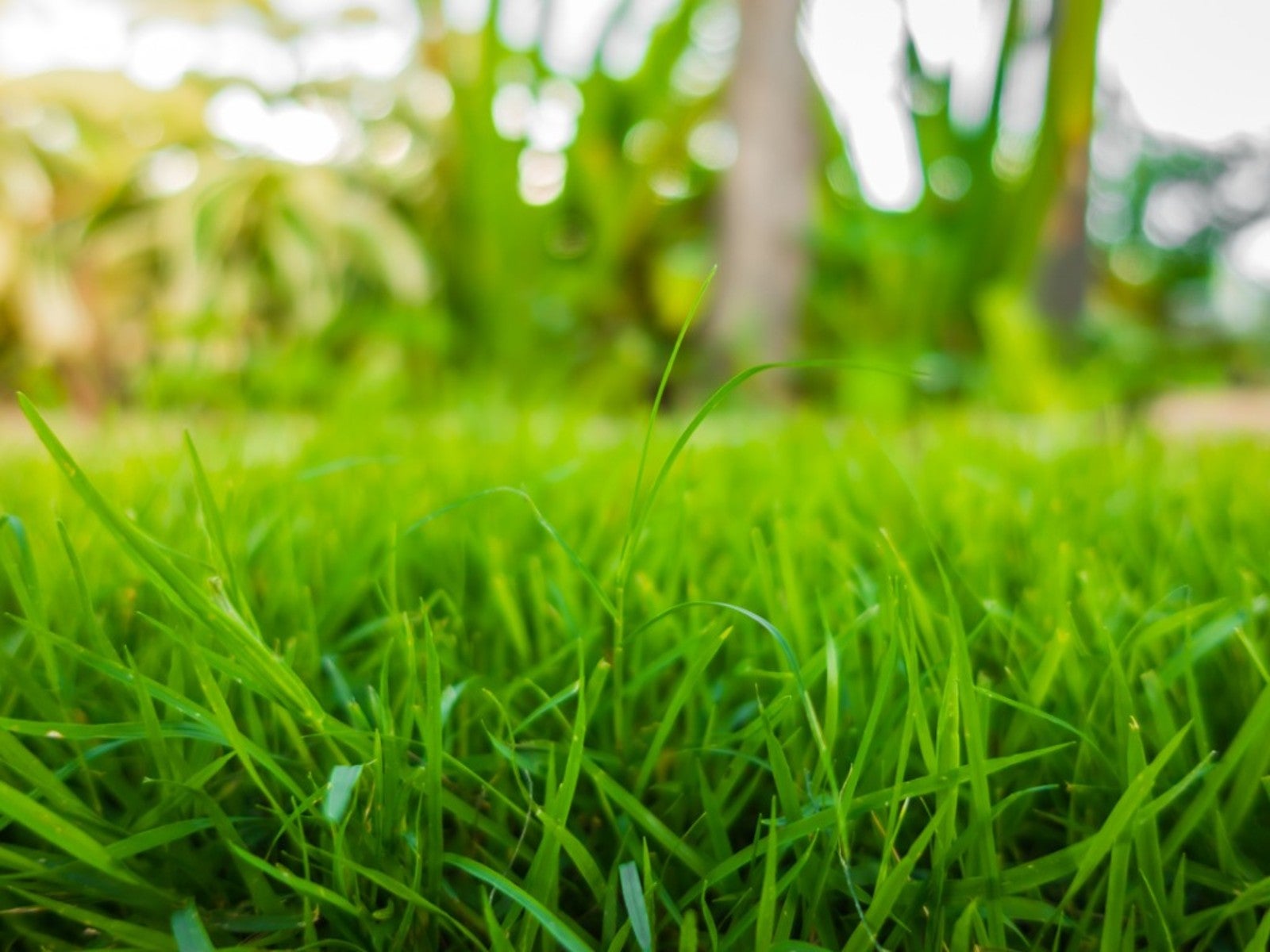 Sustainable Turf Species For A Greener Lawn
Sustainable Turf Species For A Greener LawnClick here for some of the most sustainable types of turf grass you can grow for an eco-friendly lawn.
By Bonnie L. Grant
-
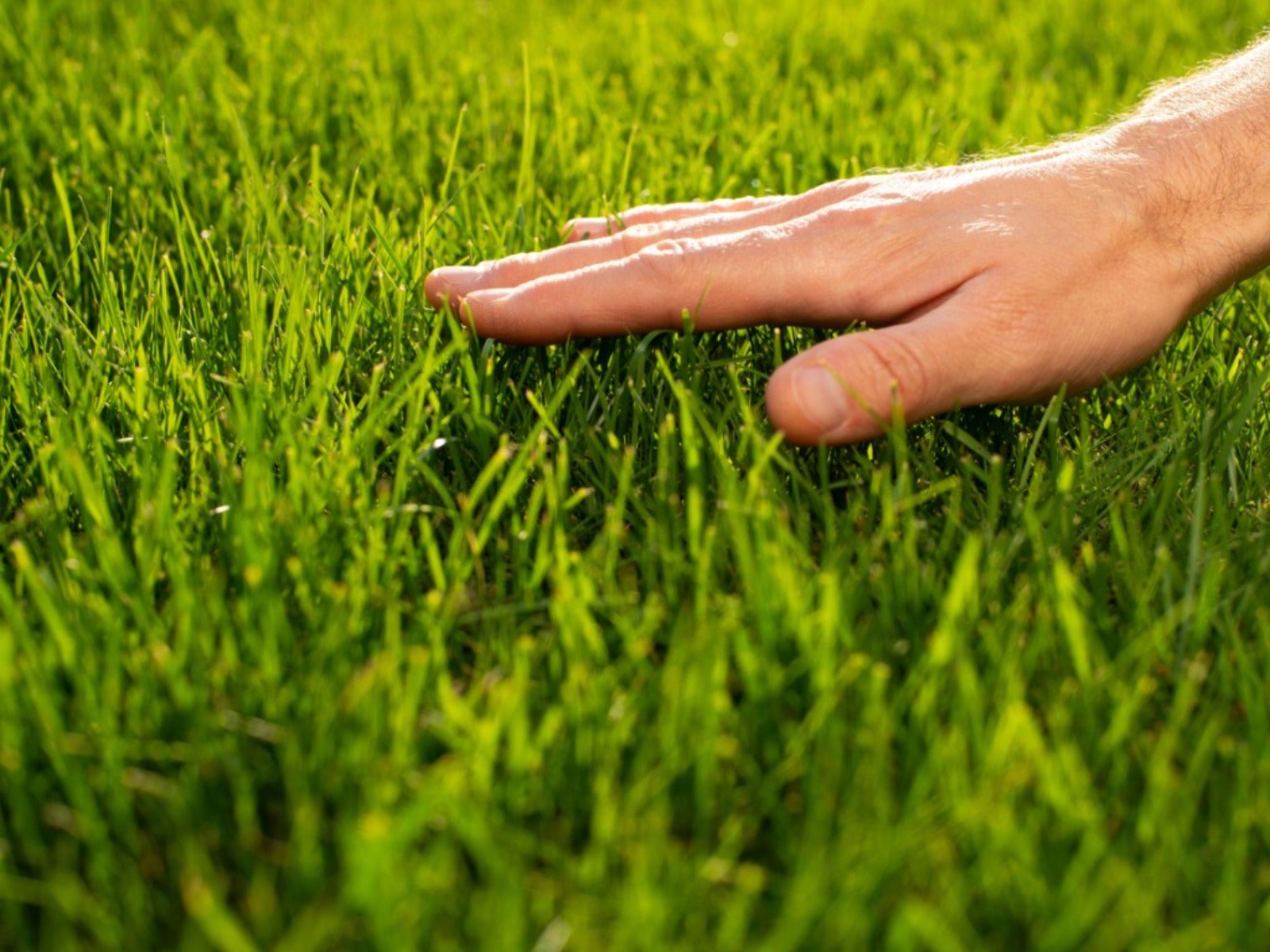 How To Grow A Sustainable Lawn
How To Grow A Sustainable LawnAdjust your thinking about a perfect green lawn and consider more sustainable methods. Click here to learn how.
By Mary Ellen Ellis
-
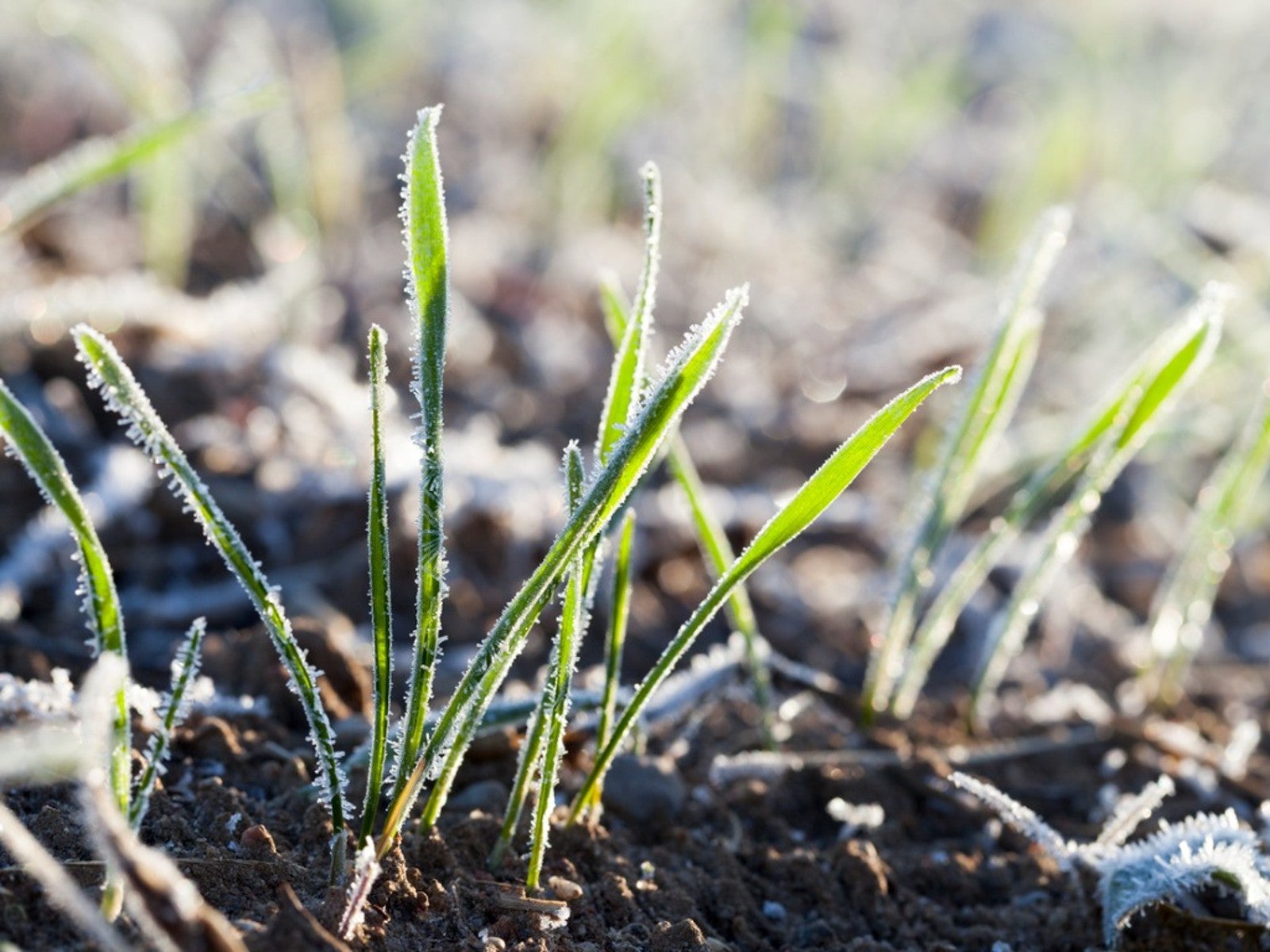 Will Frost Kill Grass Seed And How To Help New Turf Survive
Will Frost Kill Grass Seed And How To Help New Turf SurviveLearn how to help your newly sown grass survive frost and freezing weather.
By Amy Grant
-
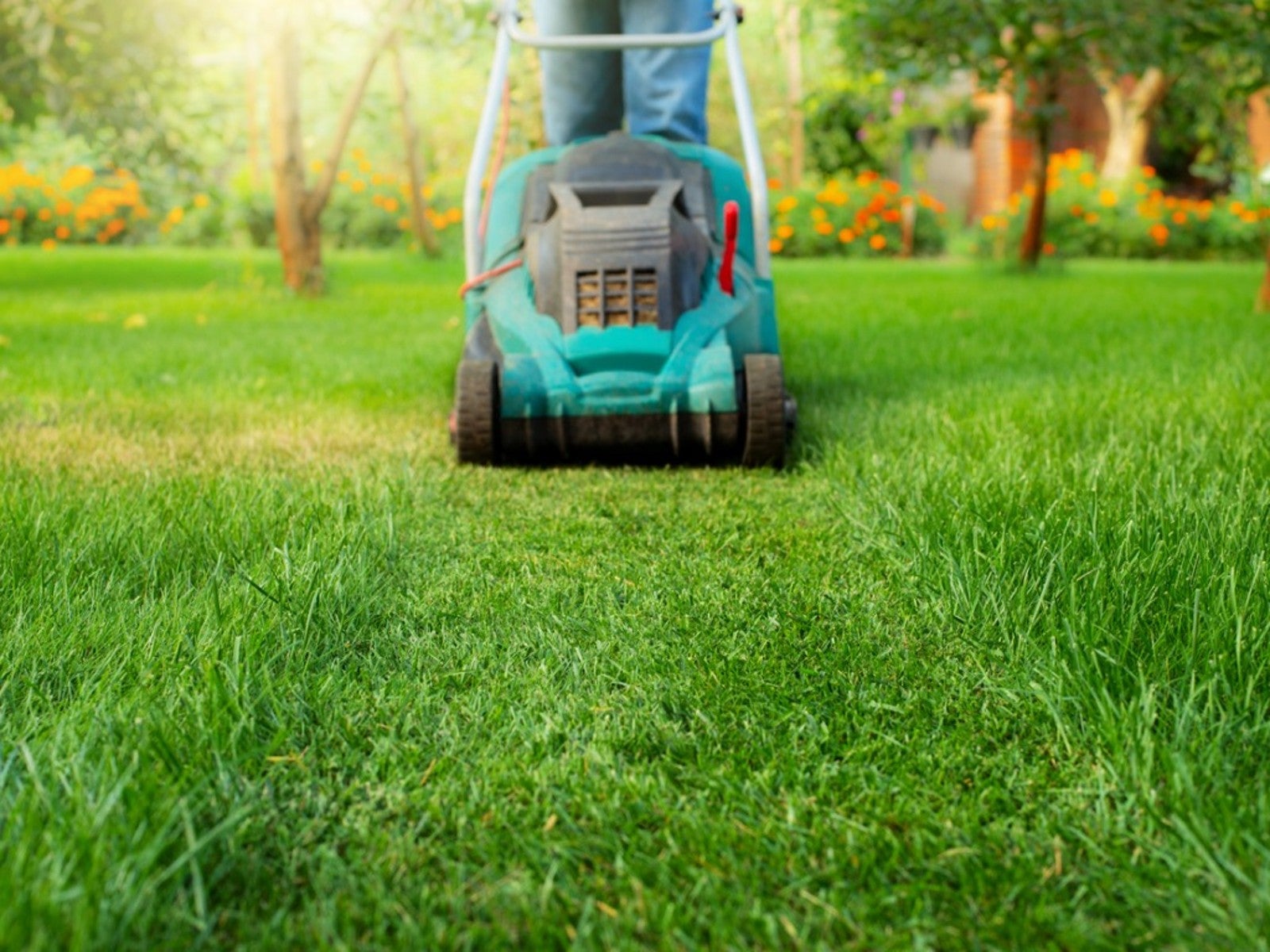 Lawn Problems That Aren’t Really Problems
Lawn Problems That Aren’t Really ProblemsYour lawn may not require as much work as you think. Learn which common problems aren’t really problems.
By Teo Spengler
-
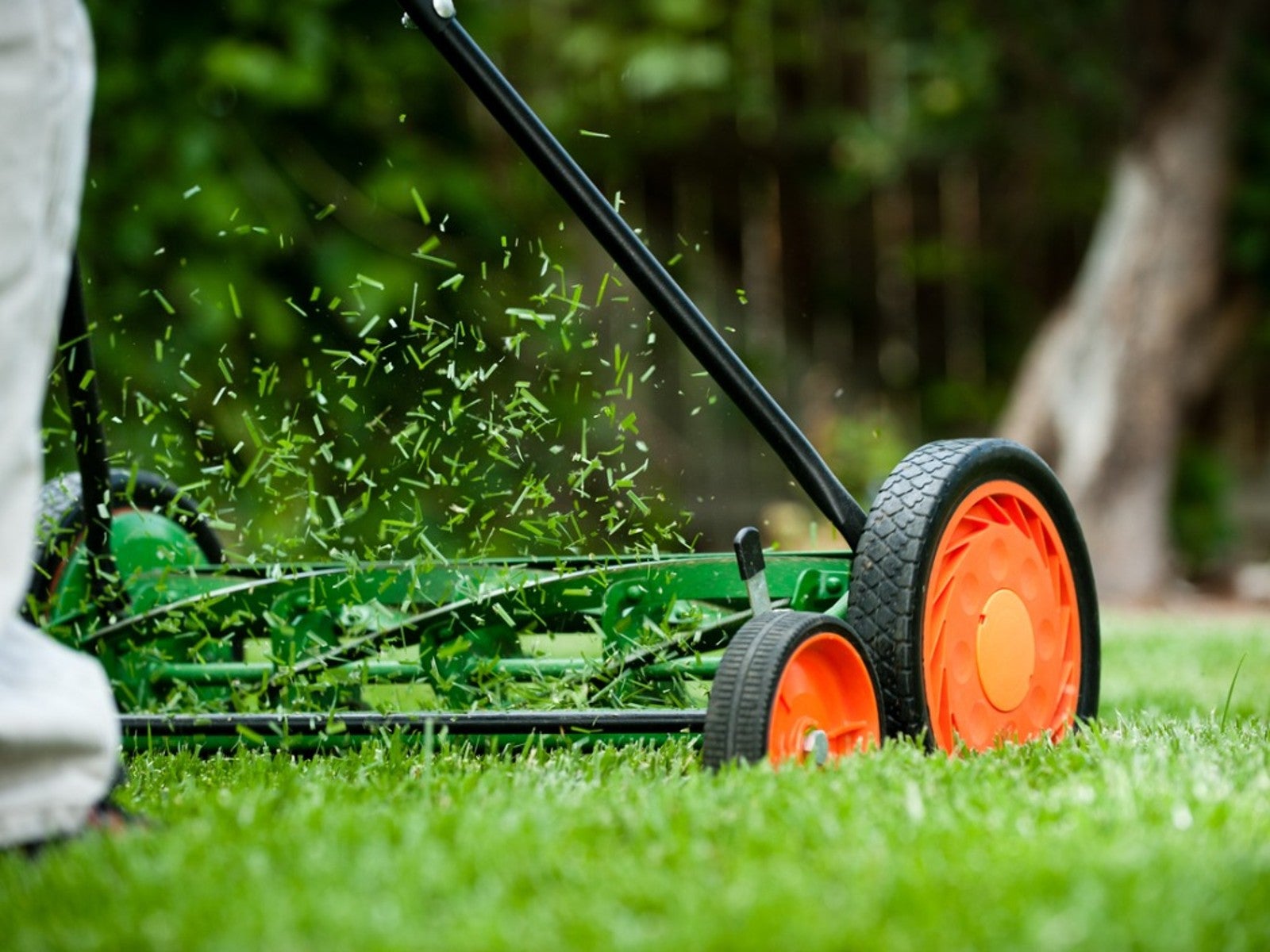 Why A Manual Push Mower Is Good For You And The Environment
Why A Manual Push Mower Is Good For You And The EnvironmentReel mowers are making a comeback, but why? Click here to learn about reel mower pros and cons.
By Amy Grant
-
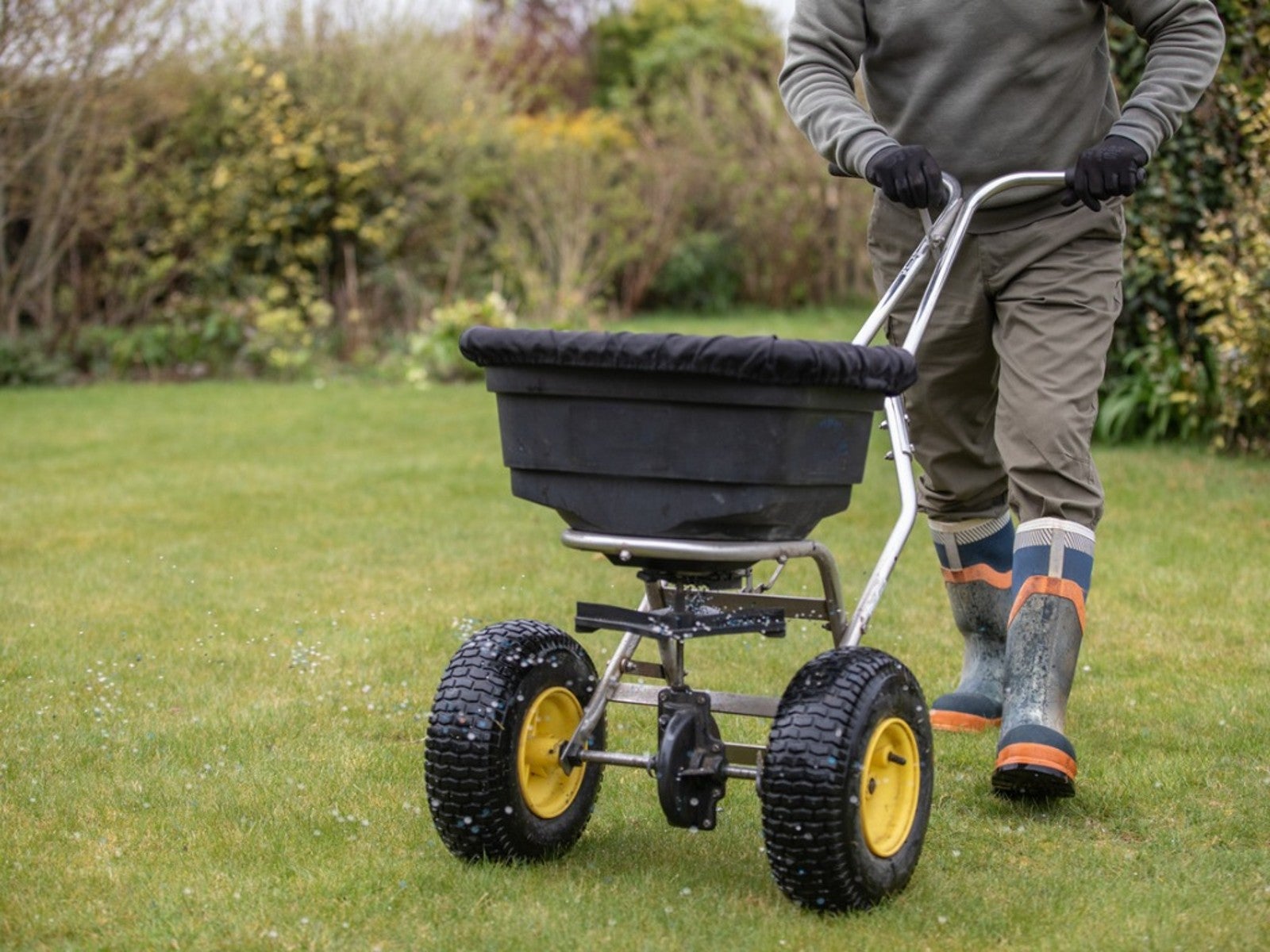 Fertilize Grass In Fall For A Lush Lawn In Spring
Fertilize Grass In Fall For A Lush Lawn In SpringFor everything you need to know about fertilizing your lawn in the fall, click here.
By Susan Albert
-
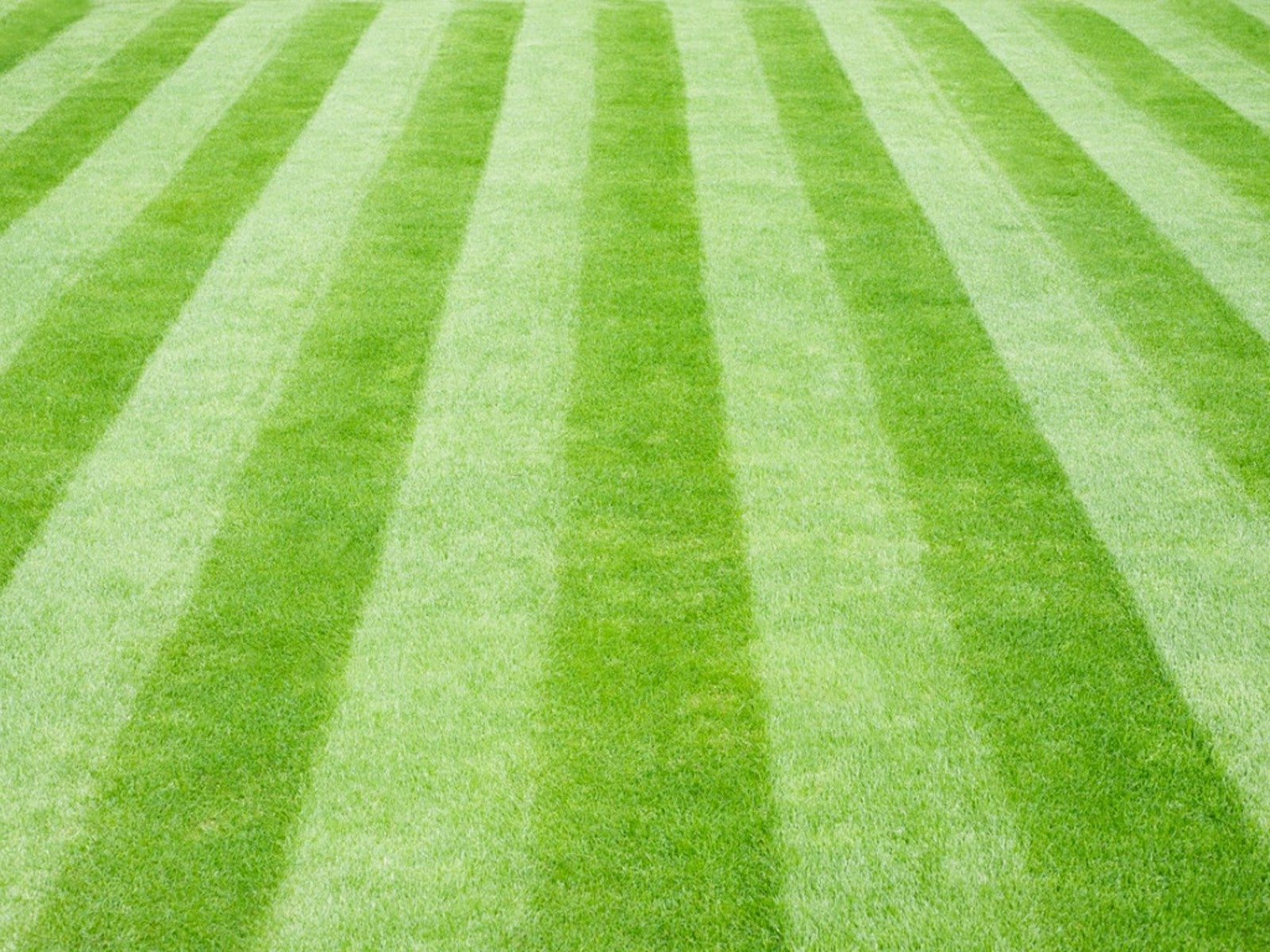 Tips For Mowing Stripes In Lawn
Tips For Mowing Stripes In LawnWouldn’t it be great to have stripes in your lawn like a sports field? Learn how here.
By Susan Albert
-
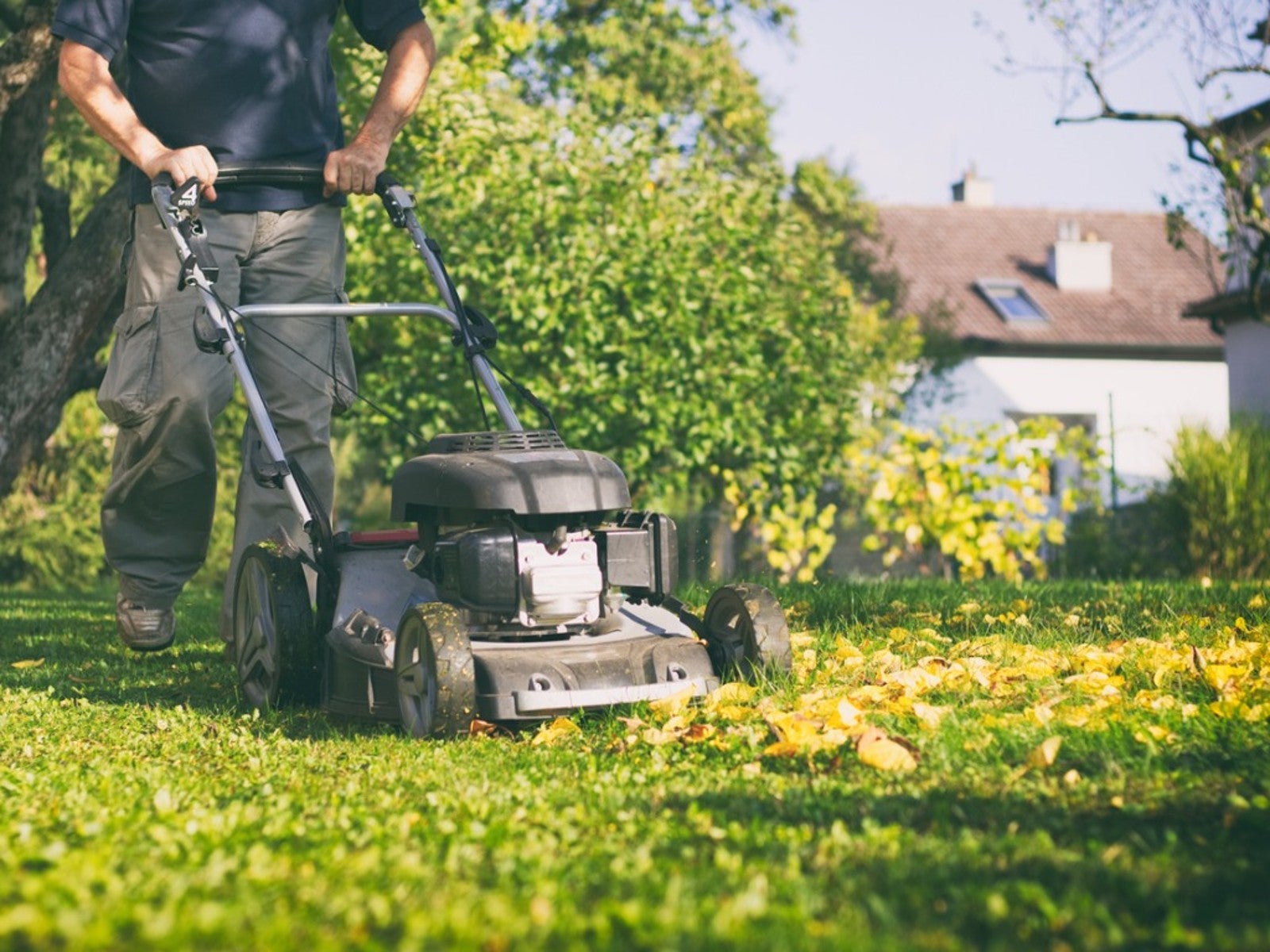 Late Summer Lawn Care Checklist
Late Summer Lawn Care ChecklistPlan to do some late summer care and maintenance of your lawn so it will be healthy and beautiful in the spring. Here are some tips.
By Laura Miller